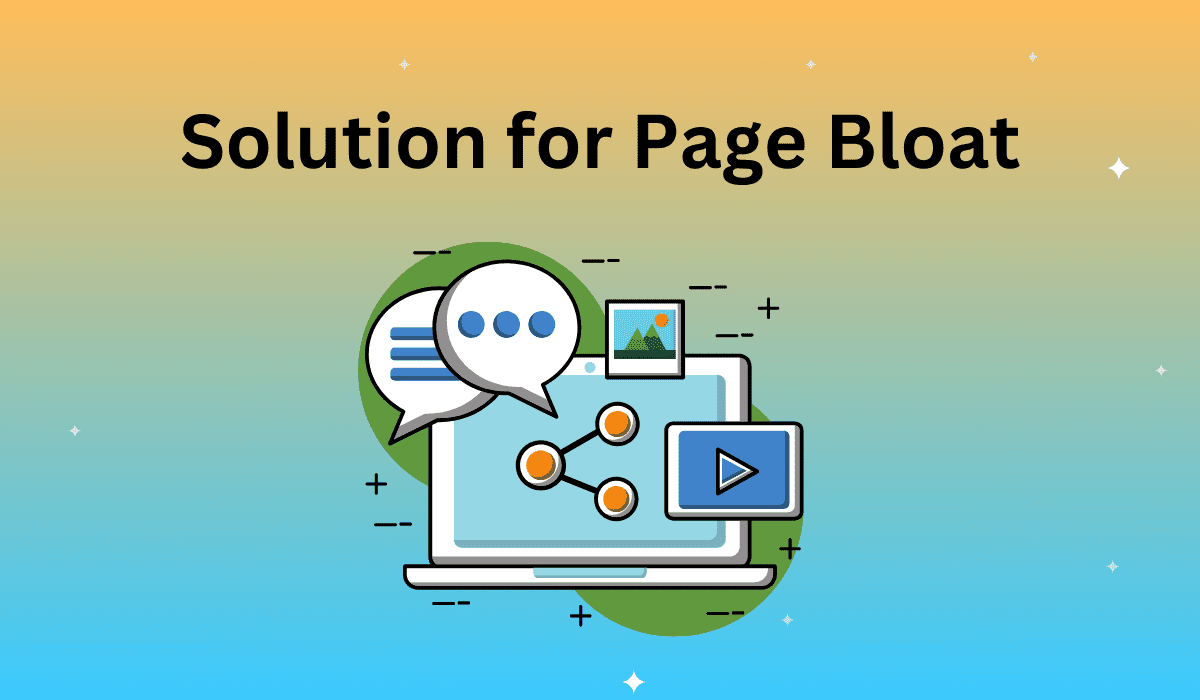The ever-increasing size of the modern webpage, known affectionately as “page bloat“, is becoming a big problem. As this handy chart shows, industry insiders expect the average website page to balloon to somewhere around 2200 KB by May 2014 (half a year from now). Compared with May 2013 (hovering somewhere near 1520 KB a page), and we’re seeing an increase in page size of over 40% in 1 year.
If you look back even further, the change has been absolutely astronomical. Compare November 2013 with November of 2010:
Web page size ballooned from a mere 600 KB to nearly 1600 KB, an increase of over 150% in only 3 years.
Why is this an issue, you ask? Because, while page size is ballooning exponentially at over 40% a year,
The global average connection speed is only increasing by about 5.2% per year. In other words, the direct result of page bloat is slower websites, slower loading times, and dissatisfactory user experience – and it’s only going to get worse unless we discover a new, lightspeed-in-a-vacuum form of connectivity (which we won’t).
Modern Webpage Makeup
As Benjamin Franklin once said, “An ounce of prevention is worth a pound of cure.” This certainly holds true for our current webspeed ecosystem. Understanding where all this extra size is coming from is the first step in reducing size and increasing speed and loading times.
Culprit #1: Images
By far the greatest hurdle for optimum web page performance is imagery. Images take up a lot of space, even in .jpeg form. The HTTP Archive shows us that in fall 2013, images account for half the size of the average web page. Given the ever-increasing fidelity of high-performance cameras and phone cameras, it’s safe to say that image size might eventually break the 50% barrier on sites that aren’t overburdened with video embeds.
Takeout Tip: The first step in increasing page speed by decreasing page size is to reduce the number of images and their resolutions.
Culprit #2: Video
Link-to images that play videos in a separate window would end a lot of developer migraines, but embedded video is just too popular. Users like them because they’re simple and noninvasive, which means they’re here to stay.
The problem is that videos are very chunky.
The “Other” category is mostly comprised of one-off landing page video or explainer video on “About Us” pages. As you can see, these videos are the same size as the scripts. Sure, video marketing is the new content marketing, and the importance of video will only be underscored in the coming decade, but unless your product or platform really needs video backing it up, it may be better to stick with images.
Takeout Tip: The second step in increasing page speed by decreasing page size is to do away with embedded video, or to play video by other means.











